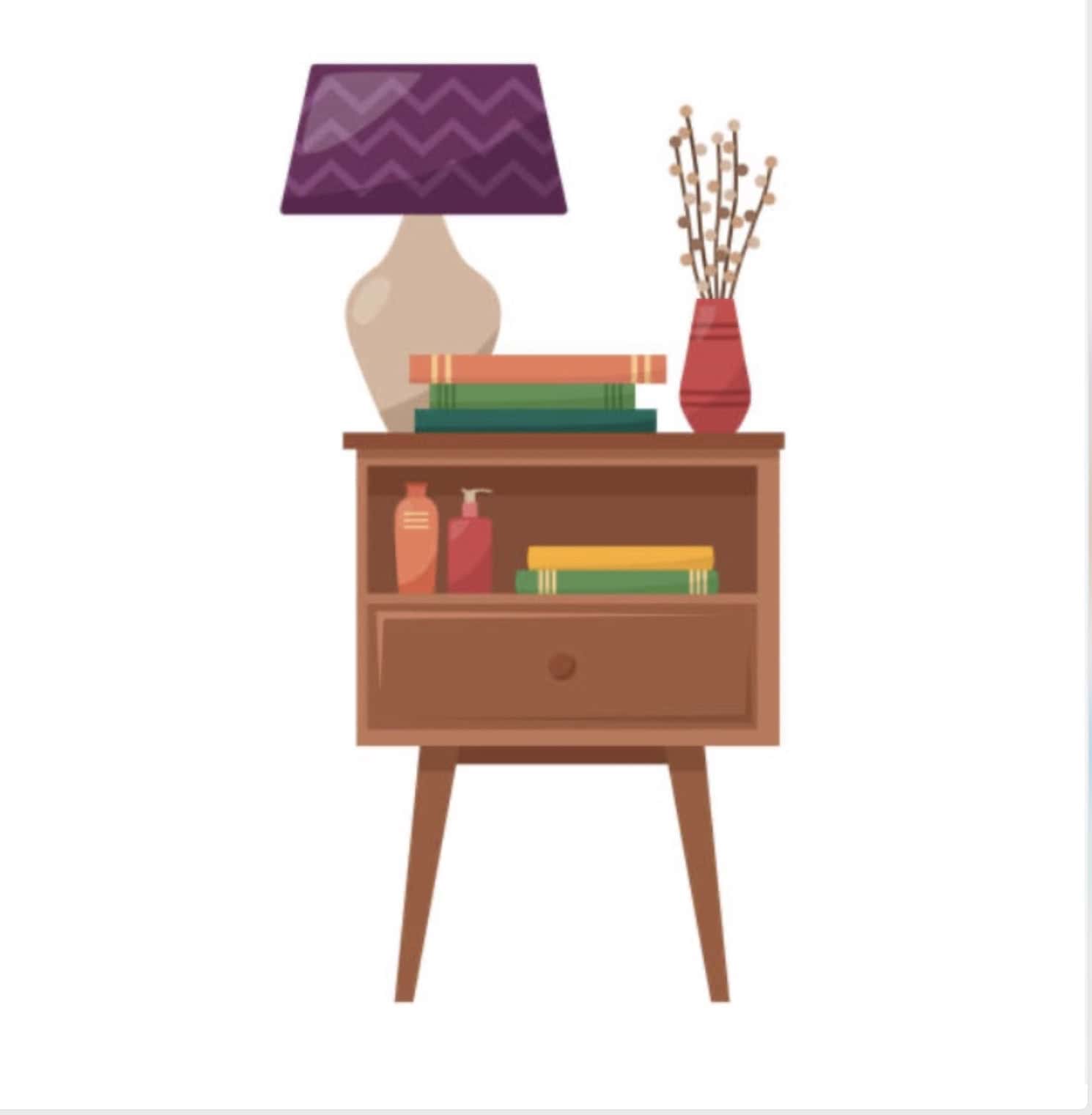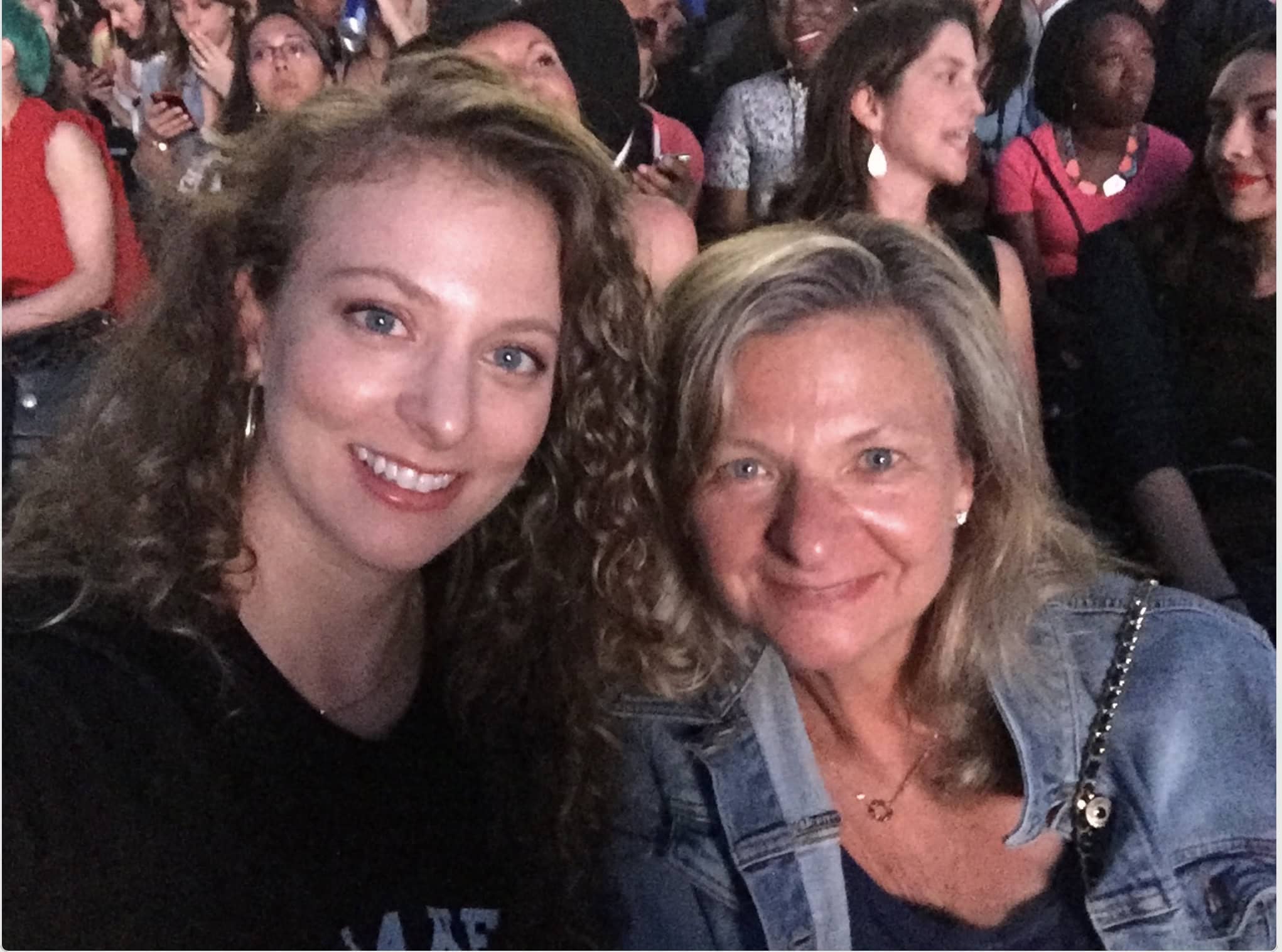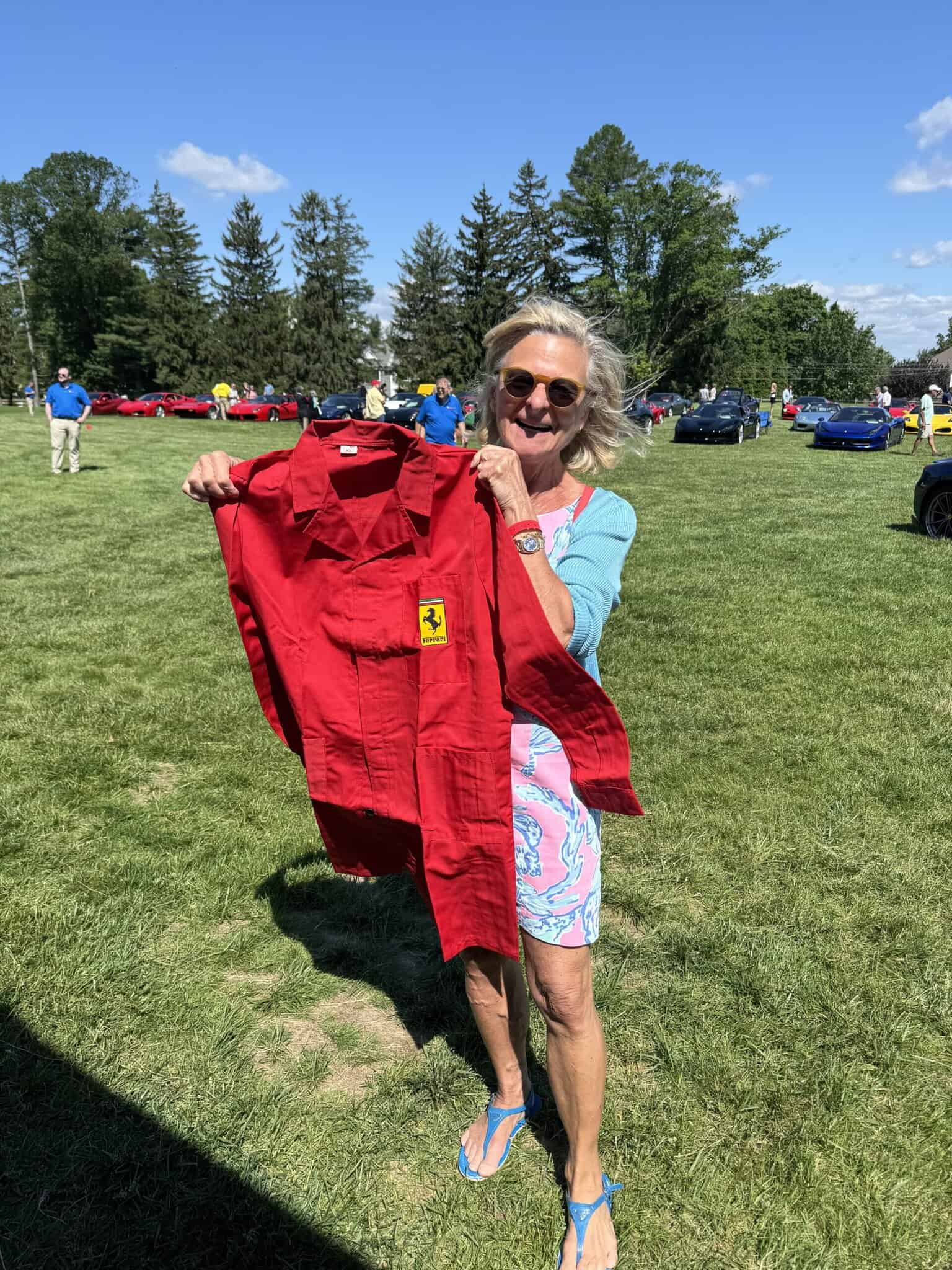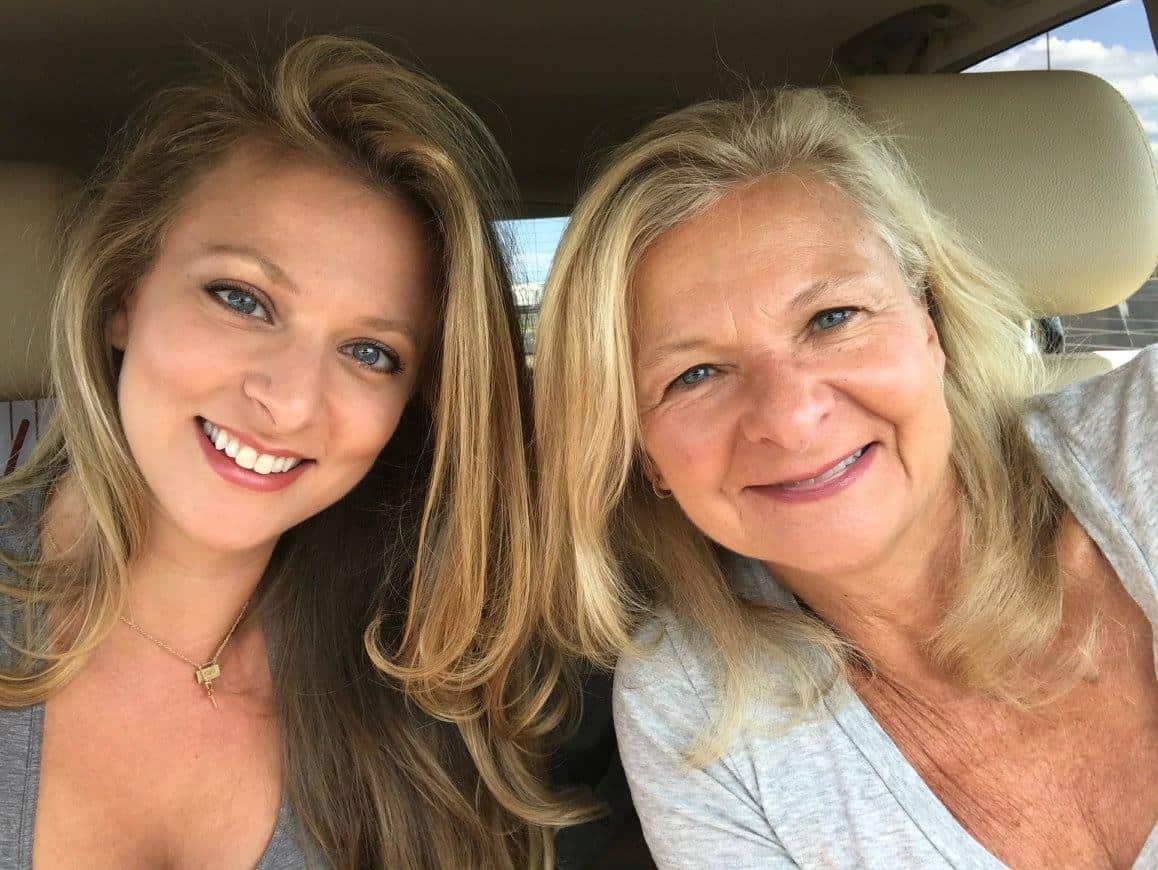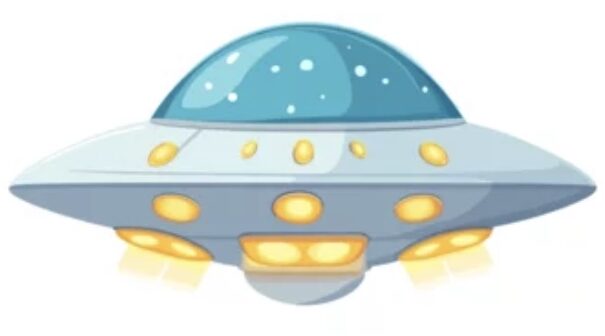By Lisa Scottoline
I’m getting ready to launch THE UNRAVELING OF JULIA on book tour, so I’ll be running Classic Columns for a month.
Details about my signings are on my website, and I hope you’ll come see me on the road! Thanks so much for the love and support! I’m grateful for each and every one of you!
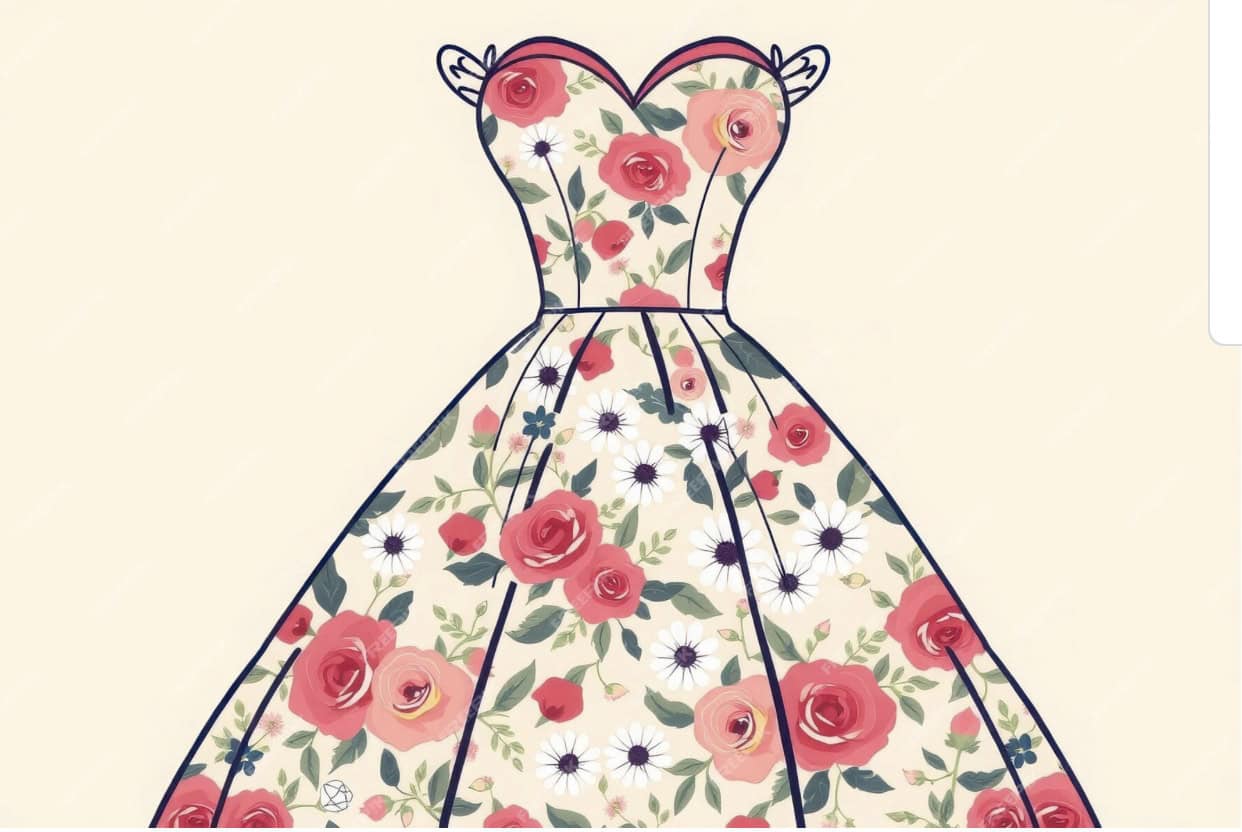
Guess what I got for my birthday?
A dress with a bra already sown into it.
You didn’t know that was a thing?
Or rather, two things?
I didn’t either.
But my bestie Franca did, and not only do I thank her for the dress, but I got this column out of it, which is awesome.
To explain, I’ve seen tank tops that are for yoga, which have a bra sewn in, and that I understand. But I’m talking about a flowery cotton shift that was otherwise normal except for two massive foamy cups, sewn into the front of the dress.
I packed the dress for book tour, not realizing there was a bra inside until I tried it on in the hotel room, then looked at myself in the mirror.
D’oh.
The dress fit great except that the foam cups were way bigger than my breasts, which are your basic B.
For Boobs.
The cups were like a C or maybe even a D, which is a terrible grade in anything but mammaries.
I don’t know who wears these bra dresses.
Strippers who love florals.
So you get the idea.
My cups were half-empty.
Or half-full, for you optimists.
Either way, they gave my chest a pair of dimples far lower than they’re supposed to be.
Plus the pads were higher than my breasts, so I had double-decker nipples, which is not a good look even on dogs.
Evidently, the world thinks our breasts should be earrings.
I didn’t get it. Then I realized that maybe the dress wasn’t for my age group. It was a size eight, not size sixty-two.
But I hadn’t packed another dress for the book signing.
What’s an author to do?
I took off the dress and examined the seams to see if I could take the pads out, but I couldn’t. I put the dress back on and tried to figure out what to do with my breasts. I pushed them up into the cups, but they wouldn’t stay there because there was nothing to hold them up, like elastic or an underwire.
Or a suspension cable.
Or a crane.
Gravity is real, people.
I took the dress off again, put on a bra, and put the dress back on. Of course the only bra I had with me was my good bra, since that’s what I save for book tour.
Every woman has a good bra.
You know it’s the good bra because it’s new and cost too much.
“New” means bought less than five years ago. If you have mustard older than your bra, your bra is new.
Also a good bra has lace, because women think men care about lace.
When they have boobs in front of their face.
Guess again.
Or the good bra is a sexy color, like red.
For harlots.
Or black.
For harlots with class.
I go with black.
I have aspirations.
And my good bra is padded because my breasts want to sell a lot of books.
They want to be breast-sellers.
Sorry.
So back to the story, I put my bra and the dress on, which meant I was wearing a padded bra with a padded bra dress.
You’re thinking I looked bad?
On the contrary.
I looked great!
Okay, I had a bad case of boob sweat, but you have to look for the silver lining.
In the dress lining.
I would sell tons of books if my audience were composed mostly of men or the blind.
Because you could be blind and still see my chest, which had turned into The Continental Shelf.
I mean, you could use my chest as a bookcase.
Or a bar, if you want to rest a beer and a bowl of chips.
I turned to look at myself, and my breasts were so sticking out so far they bumped into the wall.
Luckily I felt nothing.
I bounced back.
It was like wearing a trampoline.
I feel pretty sure I would be flotation device.
Or a bulletproof vest.
In any event, I wore the dress and I sold plenty of books, so my grades improved from D to A+.
And here is my question:
Why stop at bras?
If we’re going to start sewing underwear into dresses, why not sew in a pair of panties, too?
Then you could just jump in from above and be ready for the day.
Like Supergirl, with implants.
Copyright © Lisa Scottoline




